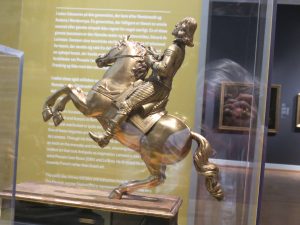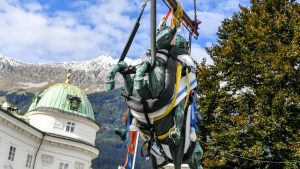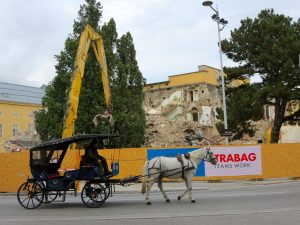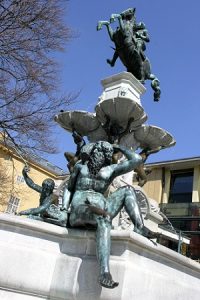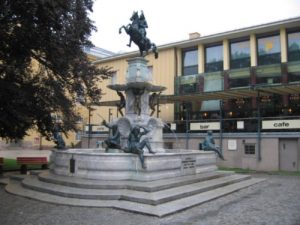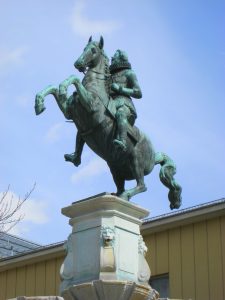Home | Leopold V, Erzherzog
- CountryAustria
- Town:Innsbruck
-
Year of creation:1630
- Rider(s):Leopold V, Erzherzog
Leopold V, Archduke of Further Austria (1586 –1632) was the son of Archduke Charles II of Inner Austria, and the younger brother of Emperor Ferdinand II, father of Ferdinand Charles, Archduke of Further Austria. He was Bishop of Passau and of Strasbourg, until he resigned to get married, and Archduke of Further Austria including Tirol.
Leopold was born in Graz, and was invested as bishop in 1598, as a child, even though he had not been ordained as a priest; he became Bishop of Strasbourg in 1607, a post which he held until 1626. From 1609 onwards he fought with his mercenaries in the War of the Jülich succession against Maximilian III, Archduke of Further Austria in Tirol, and 1611 for Rudolf II in Bohemia. In 1614, he financed the construction of the Church of the Jesuit College of Molsheim, inside of which his coat of arms is since prominently displayed.
In 1619 upon the death of his kinsman and former rival, he became governor of Maximilian’s inheritance: Further Austria and Tirol, where he attained the position of a sovereign, i.e. Archduke of Further Austria from 1626 to his death in 1632. In 1626 he resigned his ecclesiastical positions and married Claudia de’ Medici. He had the Custom House and the Jesuit Church built in Innsbruck. He fought for the Veltlin and defended Tirol against the Swedes in 1632.
(source Wikipedia)
- Sculptor(s):Gras, Caspar
German-born sculptor Caspar Gras was one of the finest metalworkers of the 1600s in Northern Europe. After learning the craft of goldsmithing from his father, he became an apprentice embosser at the court of Archduke Maximilian III in Bad Mergentheim. By 1610 he was promoted to Court Embosser and soon received most of the court’s commissions. These included not just relief sculpture, but also life-size figural works, equestrian statues, and fountains.
Gras also created many Kunstkammer pieces, which generally were small-scale works designed to be incorporated into a collector’s accumulation of precious and virtuoso art objects. He was now considered one of the most renowned bronze sculptors in the Tyrol, the Alps of western Austria. Yet, the death of Emperor Leopold V in 1632 and the Thirty Years’ War left the area in a severe financial depression, so Gras received few commissions in his later years and is primarily known from his earlier work.
(information from website The J. Paul Getty Museum)
-
It is a little-known fact that the Austrian sculptor Caspar Gras had already created a rearing equestrian in 1630 without using the tail of the horse as a support point. The statue depicts Archduke Leopold V and stands on top of the Leopoldsbrunnen fountain in Innsbruck, Austria. The equestrian monument is of a prancing horse on its hind legs.The balance of the statue was achieved by filling the tail of the horse with lead. In this way, Gras had already accomplished what famous sculptors such as Fernkorn, Tacca and Clodt would achieve decades later. The reason that this statue does not have the fame it deserves may be the fact that it lacks the more monumental size of those that would follow.
At the time that I was in Innsbruck (2015) the statue was being restored. For this reason I could not take pictures of the statue myself. The statue has been re-installed in november 2019. See the picture.
Pictures of statuette in Kunsthistorisches Museum Vienna.

